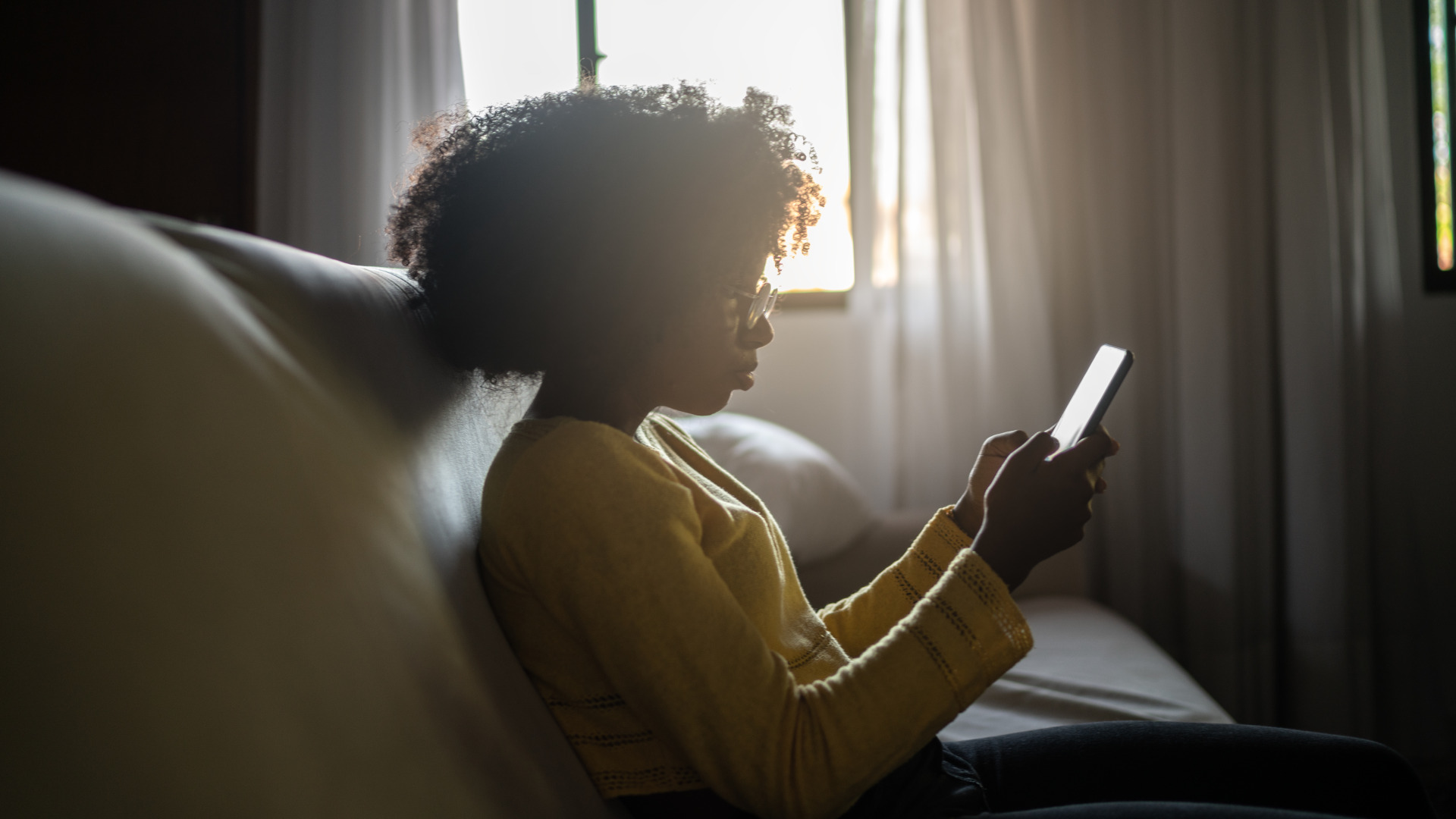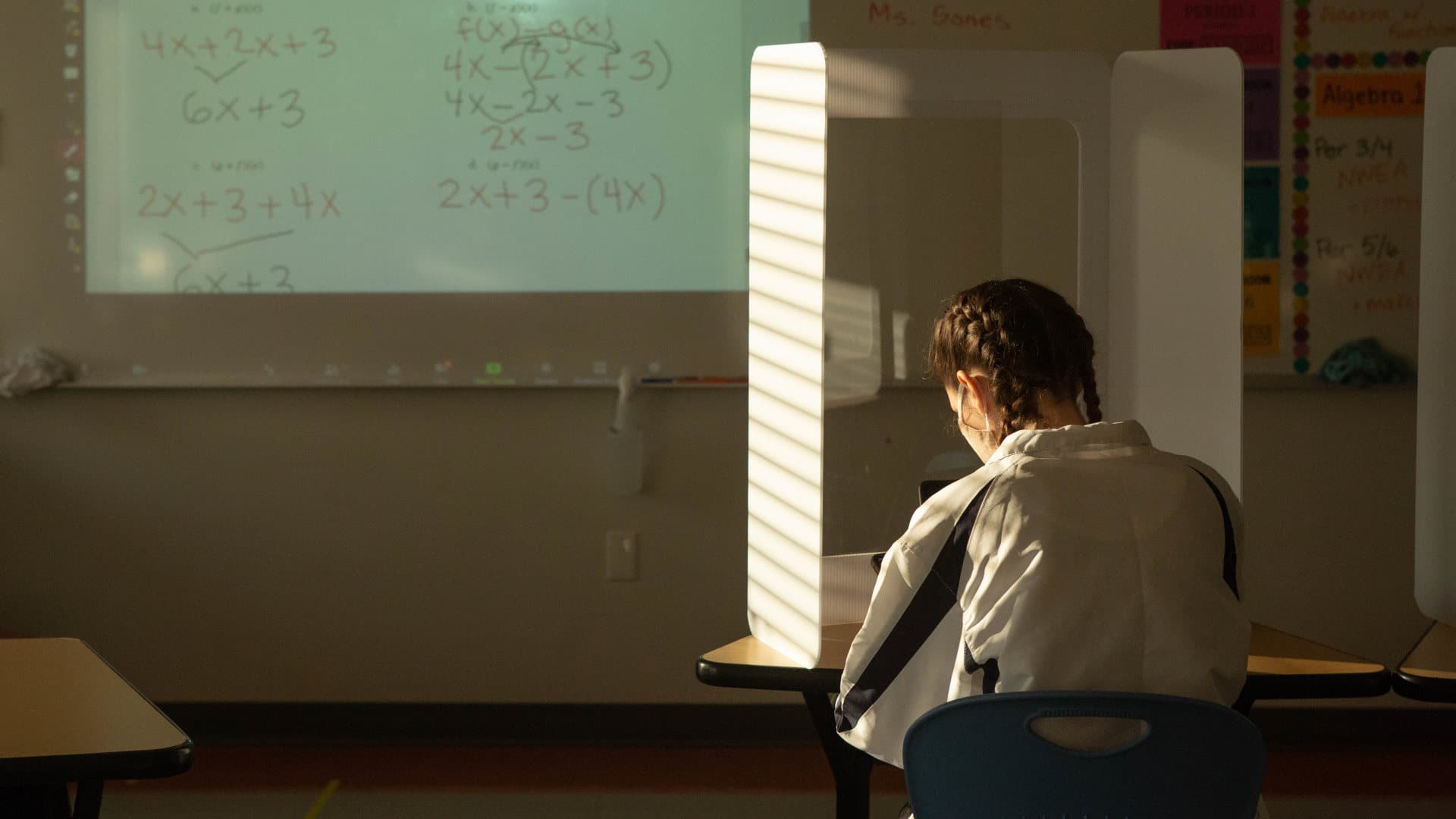The Covid-19 pandemic has taken a toll on virtually everyone’s mental health, but the past few years have been especially hard for teens. Social distancing and remote learning led to higher rates of anxiety and suicidal ideation among young people. Often, the only way they could access mental health care was through a Zoom chat or phone call.
Two years ago, I wrote about my own struggles with remote learning after the high school I attended on Manhattan’s Upper East Side paused in-person learning during the pandemic. So I had mixed feelings this January when New York City Mayor Eric Adams announced a plan to establish what he said would be the “biggest student mental health program in the country.” All New York City high school students would have access to mental health support through telehealth programs, Adams said.
On one hand, I think expanding telehealth, and giving more young people access to therapeutic spaces, is a net positive. Even though many health care providers have reopened for in-person visits, it seems clear that telehealth will remain a fixture in mental health care for some time to come. Adams’ new budget allocates $9 million to a telehealth program exclusively for New York City high school-aged teens, and additional funds to expand telehealth service for residents with serious mental illness and for children in family shelters. I’m encouraged that the city is treating mental health as an essential service.
But I’m also concerned that the city is rushing to expand mental telehealth without clear evidence that it will actually meet the needs of the city’s young people — and without a clear plan to implement it equitably. When Adams’ commissioner for the Department of Health and Mental Hygiene, Ashwin Vasan, was asked at a press conference in March whether there was evidence to back the efficacy of telehealth therapy, he answered “There isn’t a deep evidence base, except that we know kids are engaging online more than ever and they want to receive care in this way.” In a document released that month outlining the plan, the Adams administration wrote that “the evidence for many telehealth approaches is still evolving.”
To me, it seems like the Adams administration is trying to answer the question of what young people need before asking them what they want. It is certainly true that young people engage with one another online, but that does not necessarily mean we want, or need, to receive therapy there too.
In fact, some experts worry that therapy delivered exclusively through video telehealth could exacerbate “Zoom fatigue,” which, ironically, can aggravate the very depressive symptoms that therapy is intended to treat.
Plus, home and school environments aren’t always ideal places to undergo therapy; they may even be triggers for the stress and anxiety that caused a person to seek care in the first place. According to the National Institute of Mental Health, a fear of being overheard by others is a potential drawback of using telehealth therapy services. Many teens simply lack the kind of privacy needed at home.
The Adams administration has pledged to center equity in its mental health agenda. But it’s not hard to imagine how a full-bore investment into mental telehealth might leave many New Yorkers behind. According to the New York City Council, between 11 and 13 percent of the city’s public school students “lacked access to adequate internet at home during remote learning.” In some districts, more than 40 percent of households lacked high-speed broadband service. I worry that a program to expand teen telehealth services will do little good if it does not first address these and other barriers to access to care. And while the Adams administration has acknowledged certain barriers, the strategies for addressing them remain vague. It is especially discouraging that Adams proposed to cut $36.2 million from New York City’s public libraries, which would have reduced hours at branches that many New Yorkers rely on to access internet and private spaces. (That funding was reportedly restored in an eleventh-hour deal with the City Council.)
Telemedicine, broadly speaking, is potentially an important tool for making health care more widely accessible to young people. Some evidence suggests it can even provide higher patient satisfaction than in-person care. But, unfortunately, the Adams administration has provided few details to reassure the public that his mental telehealth plan will adequately serve residents’ needs. For instance, it remains unclear who will be eligible for the program, and how and where they will receive care. (Since the initial January announcement, the administration has begun to use the term “high school-age teens” — rather than “high school students” — to describe the program’s target participants, suggesting that teenagers need not be enrolled in school to be eligible.) And it is not clear what steps the city will take to ensure mental telehealth providers won’t be overwhelmed by a surge in demand, putting an unsustainable strain on practitioners.
Hopefully, firm answers to these and other questions will soon emerge, now that Adams and the New York City Council have finalized the budget, and implementation of the program is beginning. For the sake of the hundreds of thousands of teens who call New York City home — and their families — I hope that the administration gets it right.
Rainier Harris is a junior at Columbia University. He does health reporting for his school newspaper, the Columbia Daily Spectator.












Comments are automatically closed one year after article publication. Archived comments are below.
As a NYS licensed psychologist who does telehealth with adults, I also am concerned about Telehealth with children/adolescents. I was once a roommate and a sibling. I know very well when you live with other young adults you have no privacy. I know I used to put my ears to the walls and the heating ducts to hear what was going on in other rooms. I know very well I was not the only nosy little snoop–that’s why I became a psychologist. Unless youths are provided with a private, safe, secure place–outside of their home–to call into–telehealth is just another nail in the construction of the two-tiered health system. Excellent care for those with resources—third world for the rest.